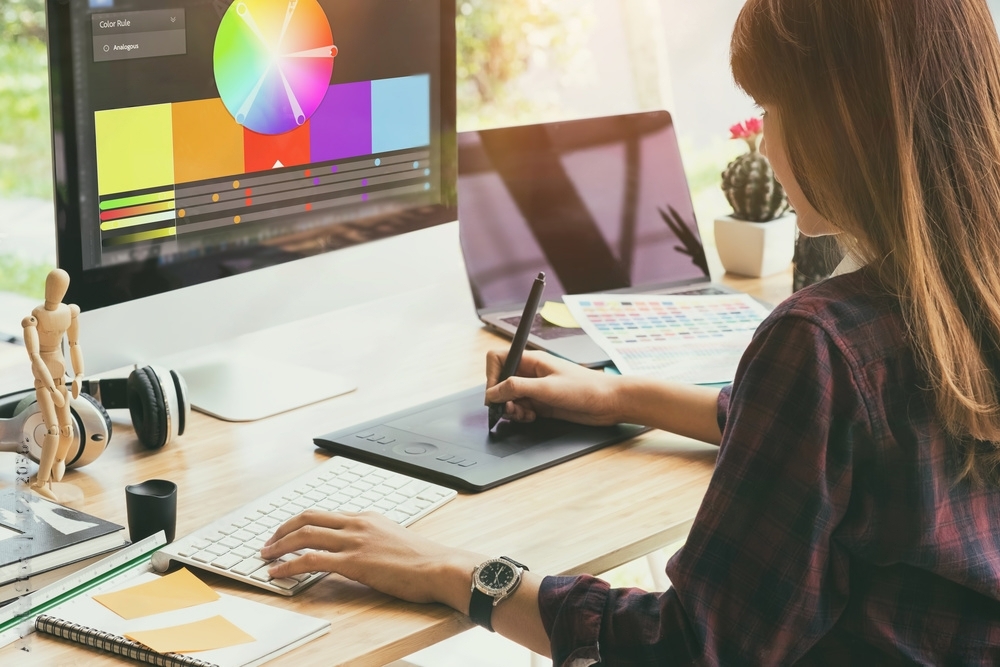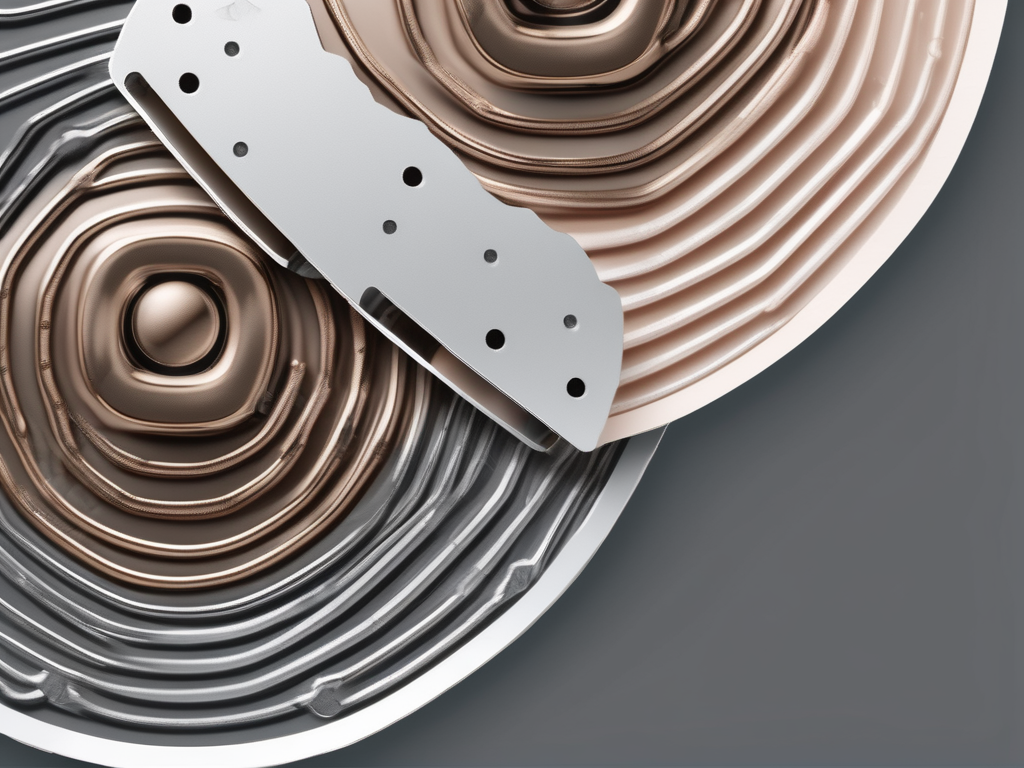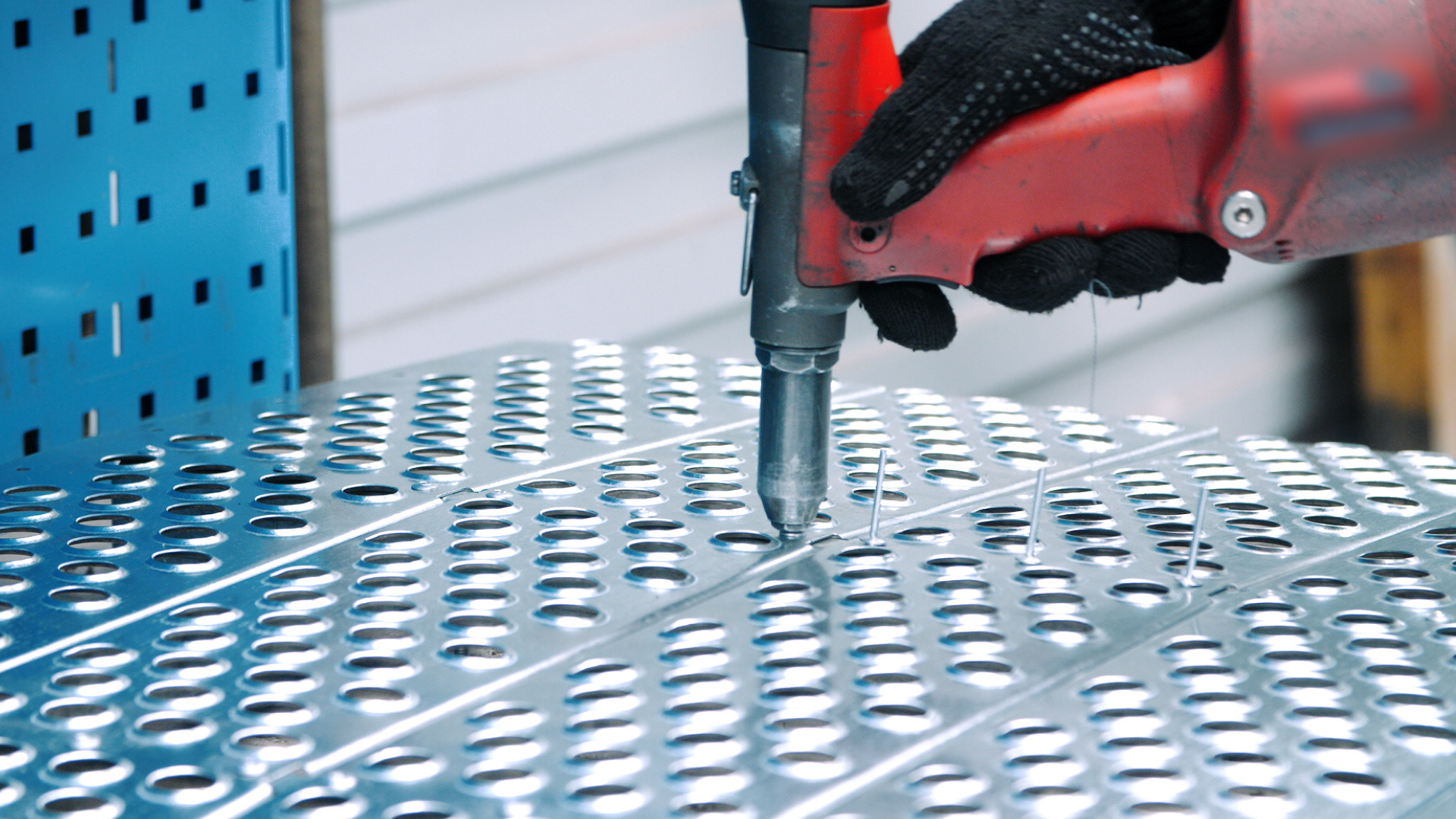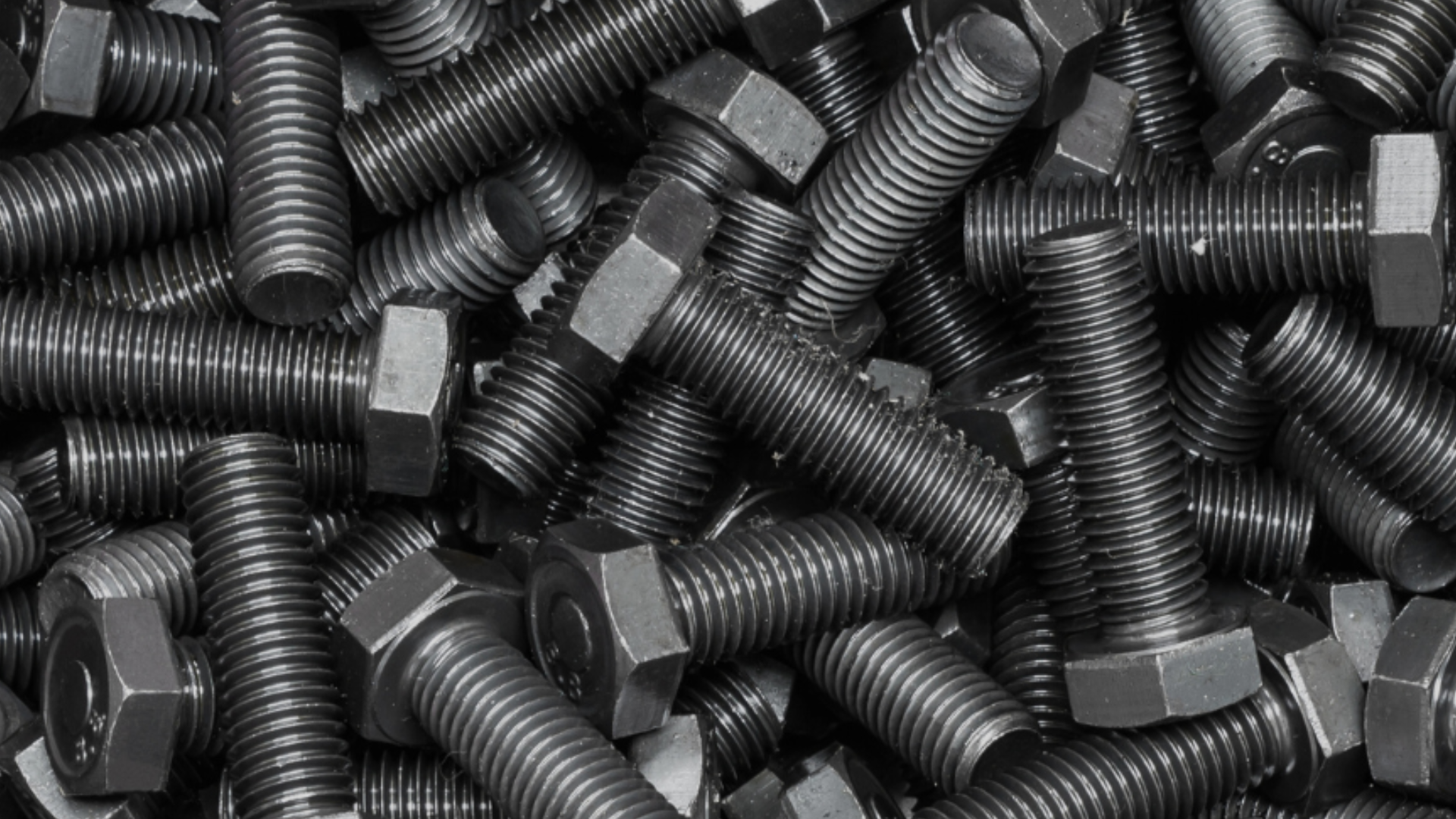Are you tired of fuzzy lines and pixelated images when trying to create designs for laser cutting? Look no further! In this ultimate guide, we will walk you through the process of converting raster images to vector graphics using Adobe Illustrator. With the power of vectors, you can achieve clean and crisp designs that will impress even the most discerning laser cutter. So let’s dive in and uncover the secrets of raster to vector conversion!
Table of Contents
Understanding the Difference: Raster vs Vector
Before we start converting our images, it’s essential to understand the difference between raster and vector graphics. Raster images, such as photographs, are made up of a grid of pixels, whereas vector graphics are composed of mathematical paths and curves. But why should you care?
Well, let’s dive a little deeper into the world of raster images. One significant advantage of raster images is their ability to capture intricate details and realistic textures. When you look at a photograph, you can see every tiny pixel that makes up the image, creating a visually stunning representation of reality. This level of detail is perfect for capturing the nuances of a landscape or the subtle expressions on a person’s face.
However, raster images do have their drawbacks. One of the main issues with raster graphics is that they can become blurry or lose quality when resized. Have you ever tried to enlarge a small image, only to find that it becomes pixelated and loses its sharpness? That’s because when you increase the size of a raster image, the computer has to stretch the existing pixels, resulting in a loss of clarity. This limitation can be frustrating, especially if you’re working on a project that requires precise resizing.
Another downside of raster images is their larger file sizes. Because raster graphics are made up of individual pixels, each pixel needs to be stored in the file. This can lead to larger file sizes, which can be problematic if you’re working with limited storage space or need to transfer files quickly. Additionally, larger file sizes can slow down the rendering process, making it more time-consuming to work with raster images.
The Advantages of Vector Graphics
Now, let’s talk about the wonders of vector graphics. Unlike rasters, vectors can be resized without any loss of quality. Imagine being able to enlarge a small logo to fit on a billboard without worrying about pixelation or blurriness. With vector graphics, you have the power to scale your designs to any size without compromising their sharpness or clarity. This flexibility is particularly useful in industries such as graphic design, where scalability is essential.
Another advantage of vector graphics is their smaller file sizes. Instead of storing individual pixels, vector graphics are composed of mathematical equations that define the paths and curves of the image. This mathematical representation requires significantly less storage space, making vector files more lightweight and easier to work with. Smaller file sizes also mean faster file transfers and smoother rendering, saving you time and frustration.
When it comes to laser cutting, vector graphics are the way to go. The precise lines and curves of vector graphics create clean and smooth cuts, resulting in high-quality finished products. Whether you’re creating intricate patterns or cutting out precise shapes, vector graphics provide the precision and accuracy needed for laser cutting. It’s like having a magical wand that transforms your designs into flawless creations.
So, now that you understand the difference between raster and vector graphics, you can make informed decisions about which format to use for your projects. Raster images excel at capturing intricate details and realistic textures, but they can become blurry when resized and have larger file sizes. On the other hand, vector graphics offer scalability without loss of quality, smaller file sizes, and precision for laser cutting. Armed with this knowledge, you can unleash your creativity and bring your designs to life.
Converting Raster to Vector: A Step-by-Step Guide
Now that we grasp the importance of vector graphics let’s get our hands dirty and convert our raster images to vectors in Illustrator. Here’s a step-by-step guide to help you along the way:
Step 1: Importing Your Raster File into Illustrator
The first thing you need to do is open Adobe Illustrator and import your raster image. Simply go to File > Import, select your file, and voila! Your image is now ready for transformation!
But before we dive into the conversion process, let’s take a moment to appreciate the beauty of vector graphics. Unlike raster images, which are made up of pixels, vector graphics are created using mathematical equations. This means that they can be scaled infinitely without losing any quality. So, by converting your raster image to a vector, you’re unlocking a world of possibilities!
Step 2: Harnessing the Power of the Image Trace Tool
Now it’s time to unleash the magic of the Image Trace tool! This nifty tool analyzes your raster image and automatically converts it into vector paths. To access it, go to Window > Image Trace. Select the appropriate preset or experiment with the settings to achieve the desired results. It’s like having a genie grant your vector wishes!
But wait, there’s more! The Image Trace tool not only converts your image to vectors but also allows you to customize the level of detail and smoothness of the resulting paths. You can adjust the threshold, noise, and corner angle settings to fine-tune the conversion. So, don’t be afraid to play around and find the perfect balance!
Step 3: Streamlining Your Vector Image by Removing Unnecessary Elements
Your vector image might still contain unwanted elements from the original raster. Don’t worry; we can easily clean it up! Use the selection tool to select and delete any unnecessary paths or shapes. Remember, less is more when it comes to laser cutting!
While you’re at it, why not add some personal touches to your design? Illustrator offers a wide range of tools and effects that can help you enhance your vector image. From gradients and patterns to brushes and blends, the possibilities are endless. So, let your creativity run wild!
Step 4: Gaining a New Perspective with Outline Mode
Did you know that Illustrator has an Outline mode? This mode allows you to see the bare bones of your vector image, making it easier to spot any imperfections. Simply press Ctrl+Y (Windows) or Cmd+Y (Mac) to toggle between the standard and Outline mode. It’s like putting on your laser cutting glasses!
But that’s not all. Outline mode is not only useful for spotting imperfections but also for exploring different design possibilities. By focusing solely on the paths and shapes of your vector image, you can experiment with different arrangements, compositions, and transformations. So, don’t be afraid to think outside the box!
Step 5: Simplifying Vector Paths for a Clean and Crisp Result
To achieve the best laser cutting results, it’s crucial to simplify your vector paths. Use the Simplify command (Object > Path > Simplify) to reduce the number of anchor points and create smooth curves. This will result in a clean and crisp design that will make your laser cutter beam with joy!
But wait, there’s more! The Simplify command not only helps optimize your design for laser cutting but also improves its overall performance. By reducing the complexity of your vector paths, you’ll make your file smaller and more manageable. This means faster rendering times, smoother editing experience, and happier designers!
So, there you have it – a step-by-step guide to converting raster to vector in Illustrator. Remember, practice makes perfect, so don’t be discouraged if your first attempts don’t turn out as expected. Keep experimenting, refining, and learning, and soon you’ll be creating stunning vector designs like a pro!
Exploring the Possibilities: Raster and Vector in Design
Now that you have mastered the art of converting raster images to vectors, let’s dive deeper into the creative potential of combining both in your designs. Understanding the unique characteristics of raster and vector images will allow you to unlock a world of possibilities and take your design skills to new heights.
Raster images, such as photographs or scanned artwork, excel at capturing fine details and textures. They are made up of a grid of pixels, each containing specific color information. This grid-like structure gives raster images their characteristic “pixelated” appearance when zoomed in. However, when it comes to intricate textures or complex shading, raster images truly shine. The ability to capture every minute detail makes them indispensable in certain design scenarios.
On the other hand, vector images are created using mathematical formulas to define shapes and lines. Unlike raster images, vectors are resolution-independent, meaning they can be scaled up or down without losing any quality. This scalability makes vectors perfect for creating logos, icons, and illustrations that need to be used across different mediums and sizes. Additionally, vectors offer precise control over curves and lines, allowing for smooth and clean designs.
By harnessing the power of both raster and vector images, you can achieve stunning, multi-dimensional designs for laser cutting. Imagine combining the intricate texture of a raster image with the precise scalability of a vector. The result is a visually captivating design that captures the best of both worlds.
When working with raster and vector images together, it’s important to consider the strengths and limitations of each. For example, if you’re designing a logo that needs to be used across various platforms, starting with a vector base will ensure that it remains crisp and clear at any size. However, if you want to incorporate a realistic texture or photograph into your design, starting with a high-resolution raster image will provide the necessary level of detail.
Furthermore, exploring the possibilities of combining raster and vector images opens up a whole new realm of creativity. You can experiment with blending modes, layering effects, and opacity adjustments to create unique visual effects. The ability to seamlessly integrate raster and vector elements allows you to add depth, dimension, and complexity to your designs.
So, the next time you embark on a design project, consider the potential of combining raster and vector images. Embrace the versatility of raster images for capturing intricate details, and leverage the scalability and precision of vectors to create visually stunning designs. The possibilities are endless, and by exploring the synergy between these two image types, you’ll be able to take your designs to the next level.
The Future of Design: Raster and Vector Working Together
The world of design is constantly evolving, and the relationship between raster and vector graphics is no exception. With advancements in technology, designers are finding new ways to seamlessly integrate raster and vector elements in their projects. So, don’t be afraid to experiment and push the boundaries of laser cutting with the combined powers of raster and vector. The future looks bright!
So there you have it – the ultimate guide to converting raster to vector in Illustrator for laser cutting. Armed with this knowledge, you can take your laser cutting game to new heights. Remember, be bold, be creative, and let raster and vector be your artistic accomplices on this laser cutting adventure!



